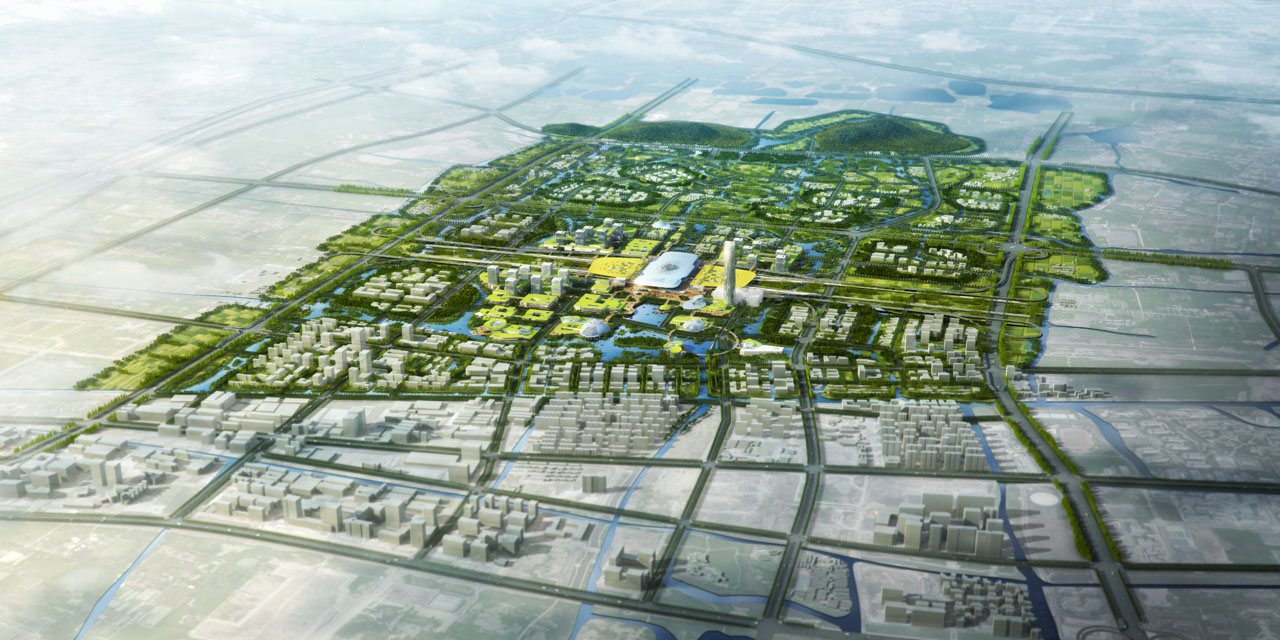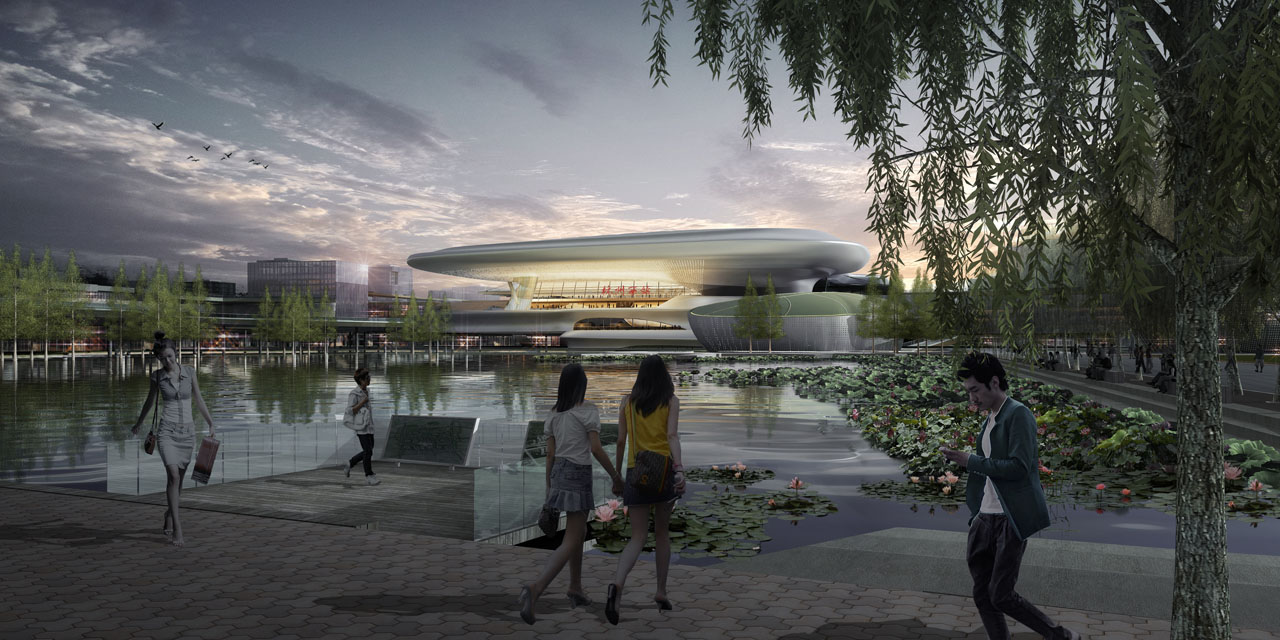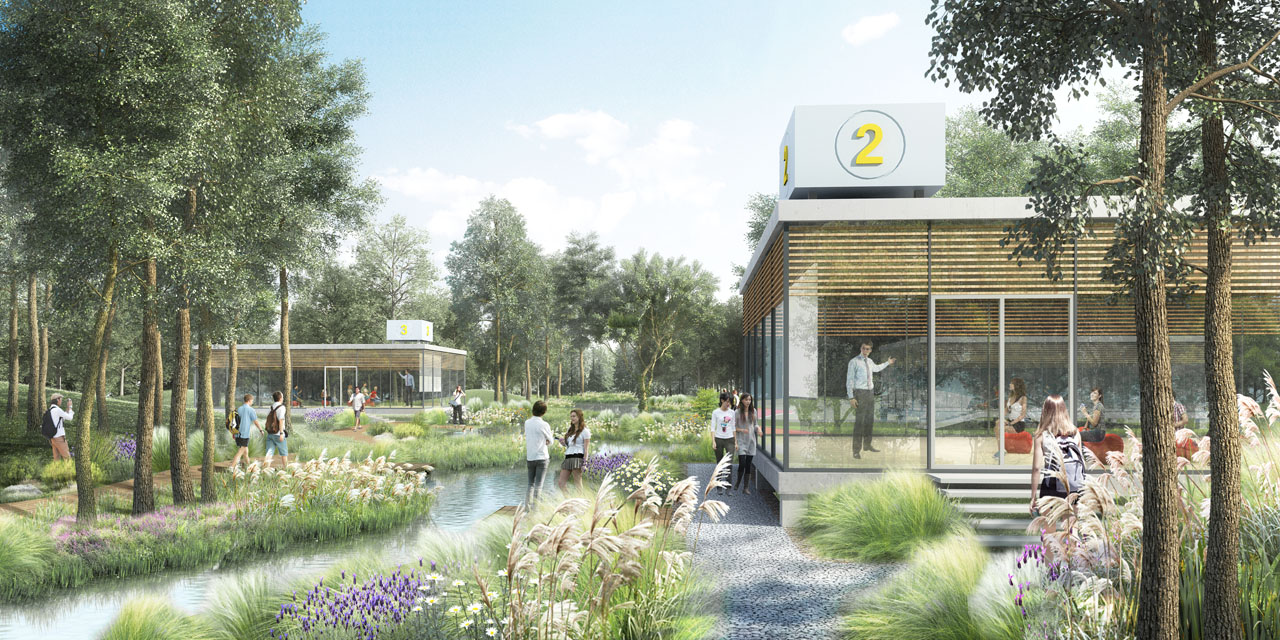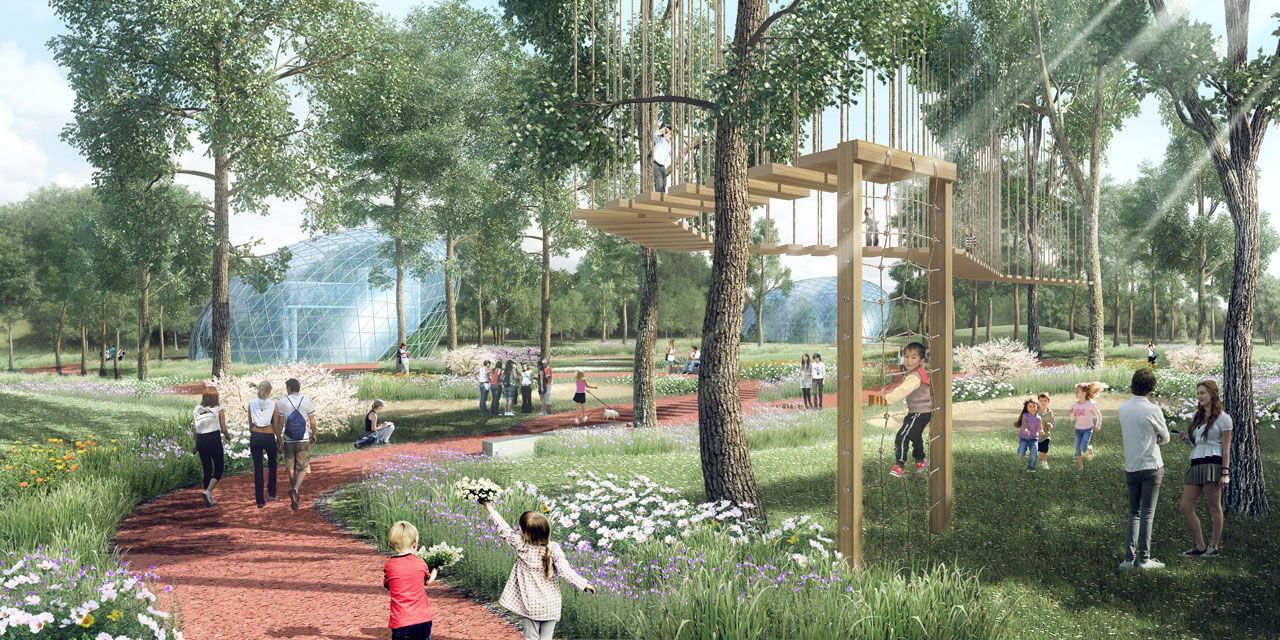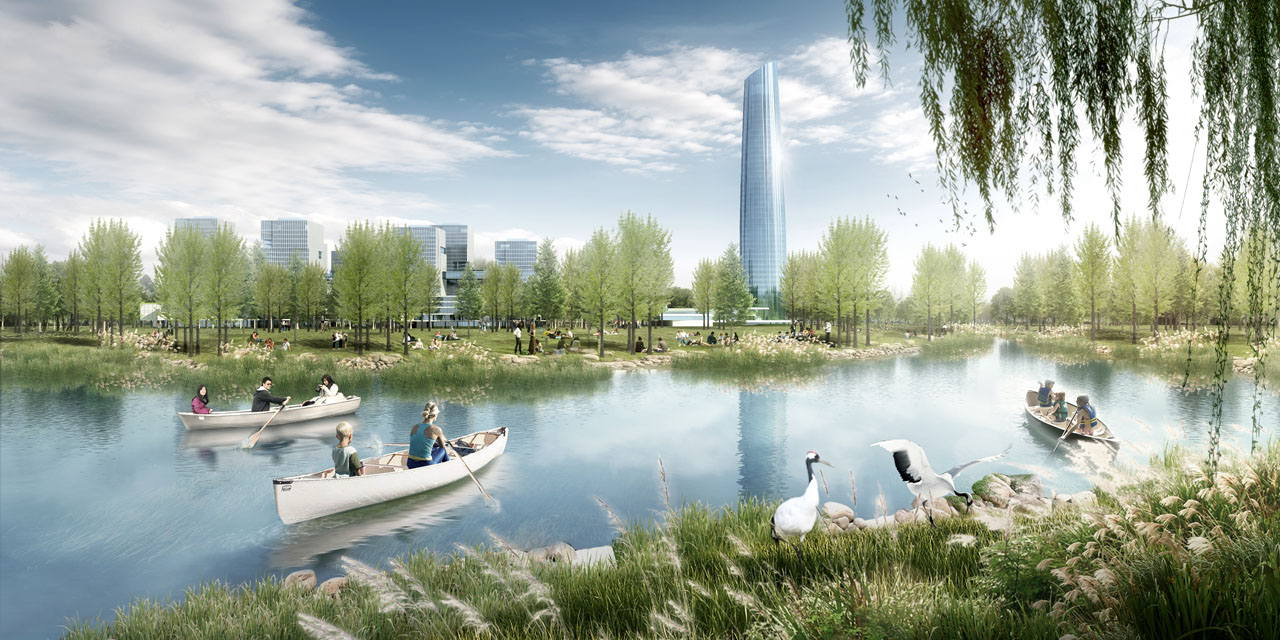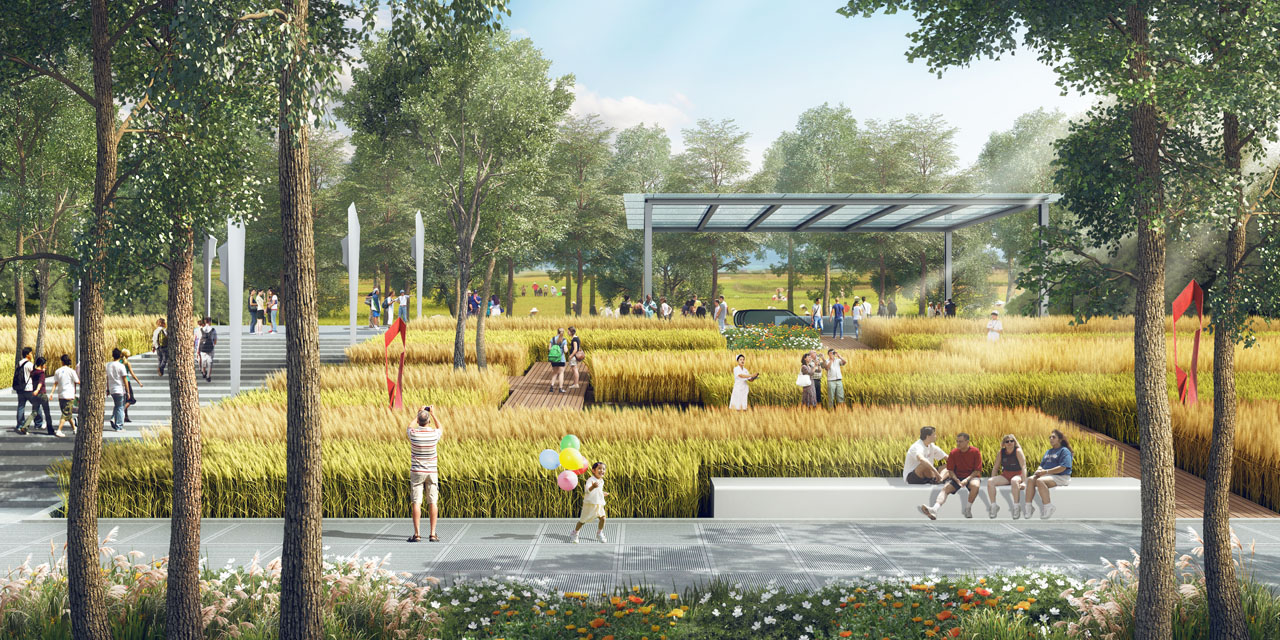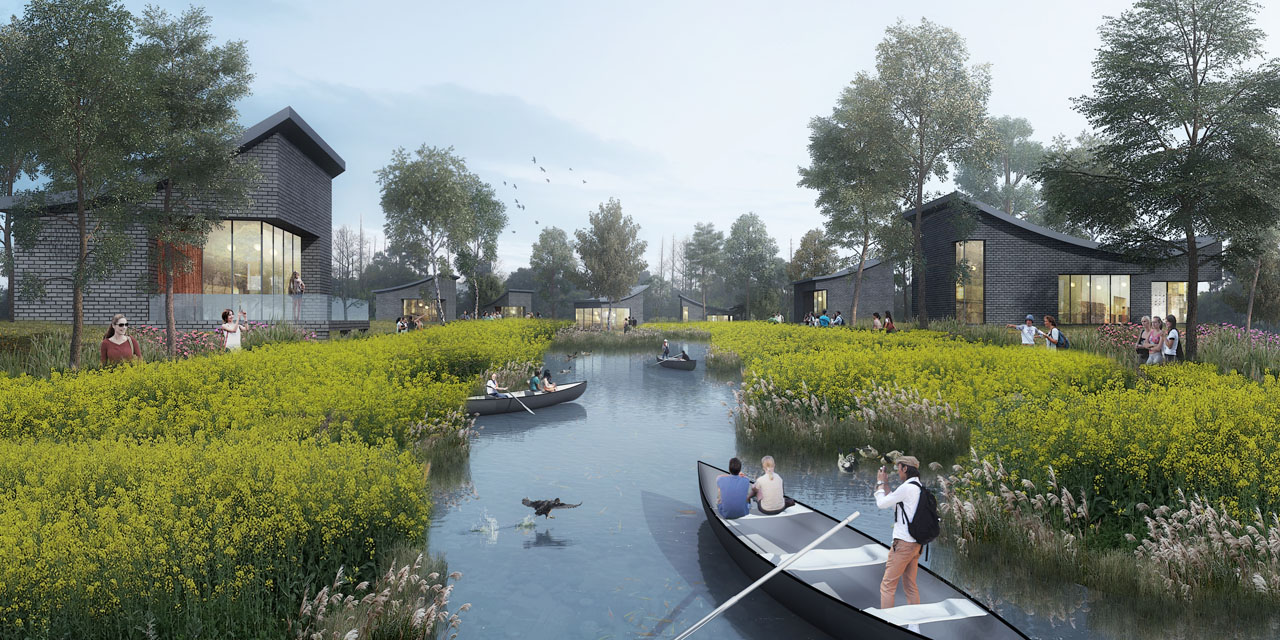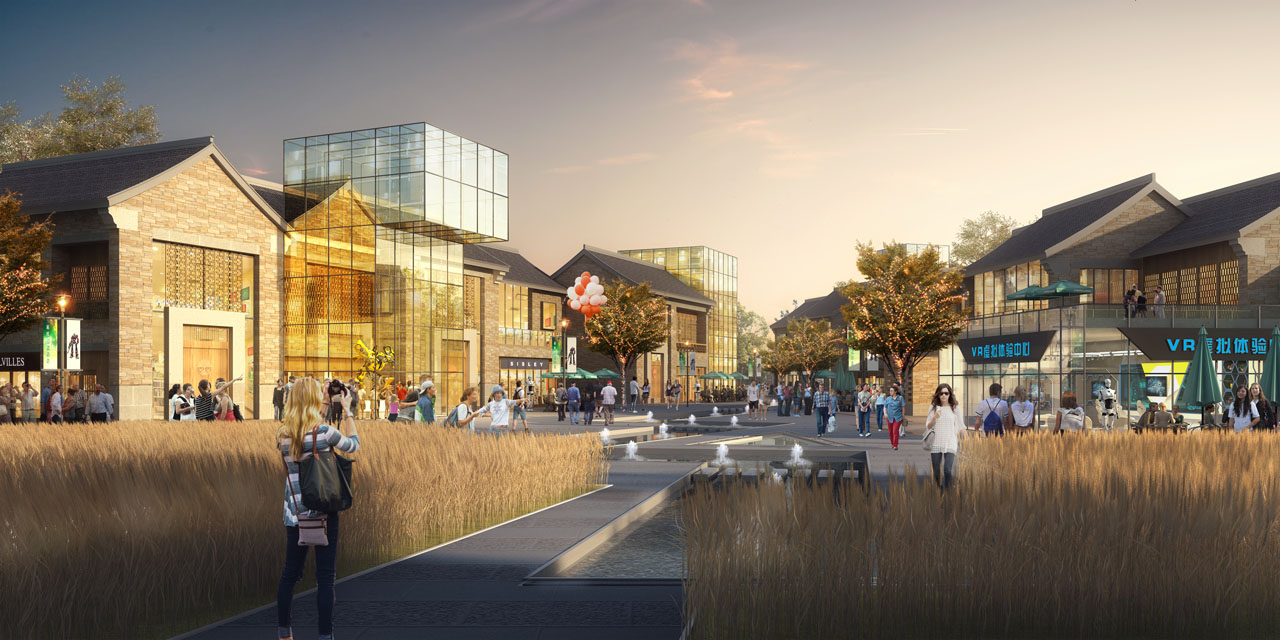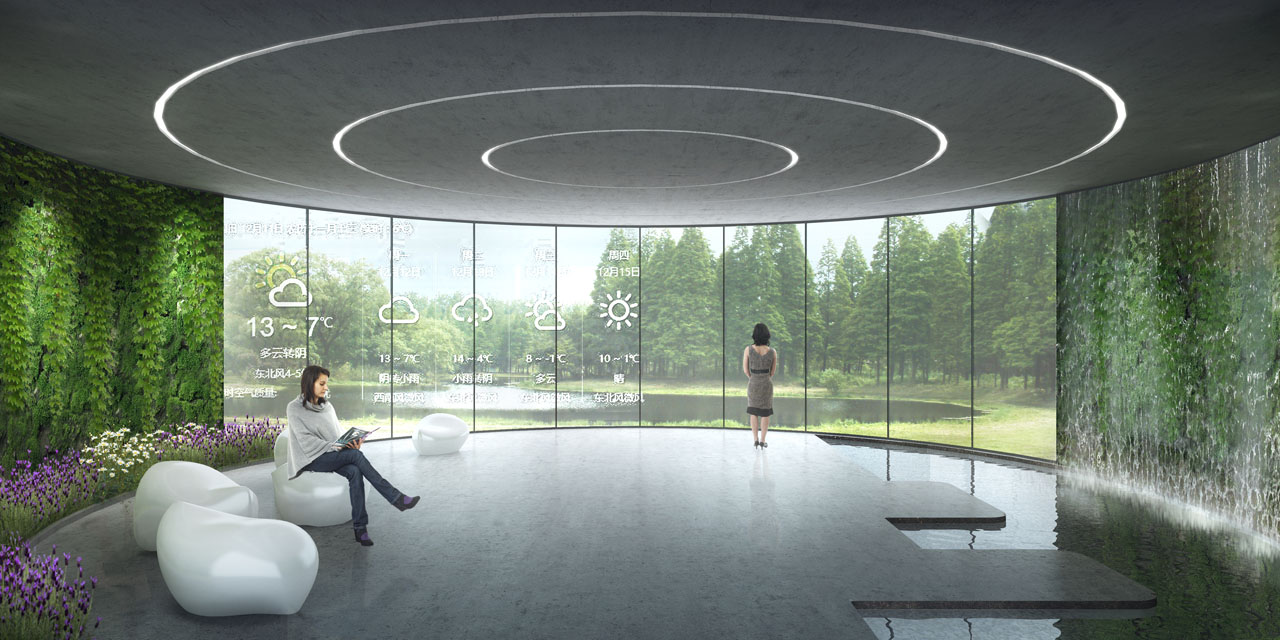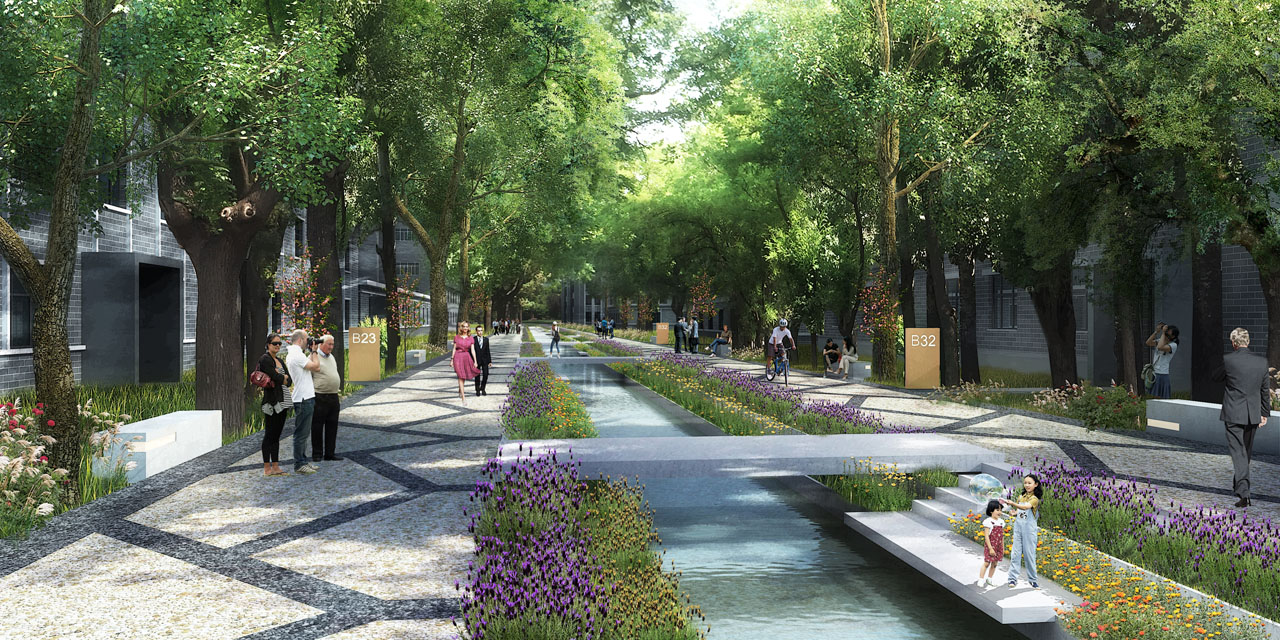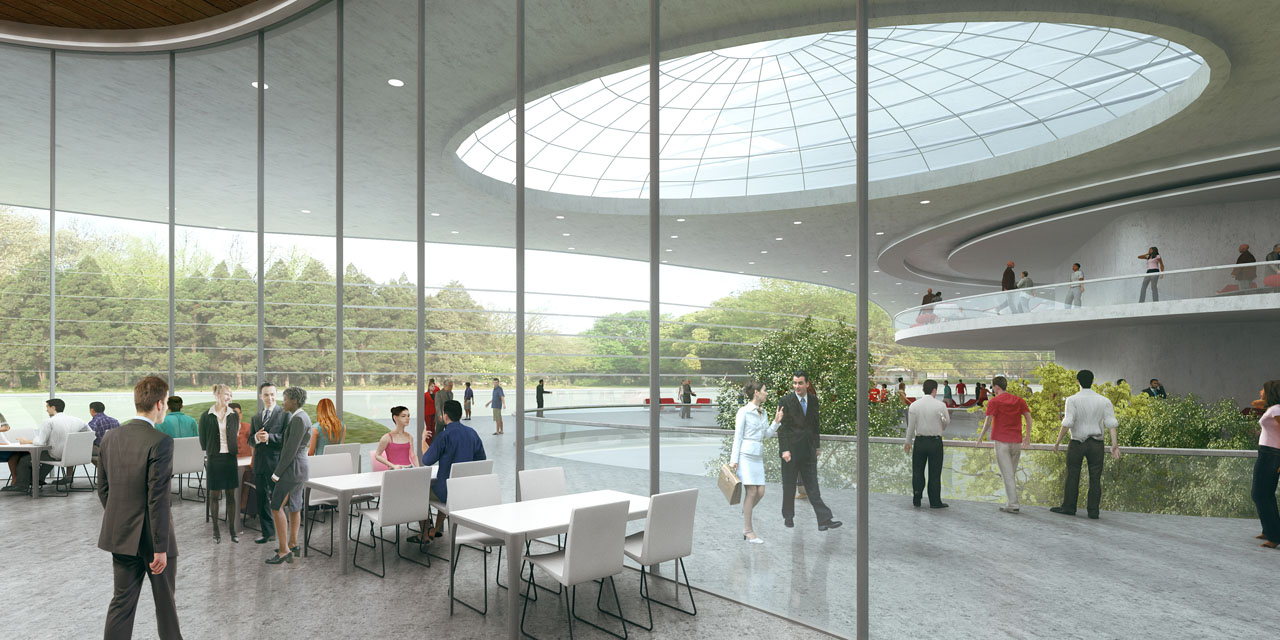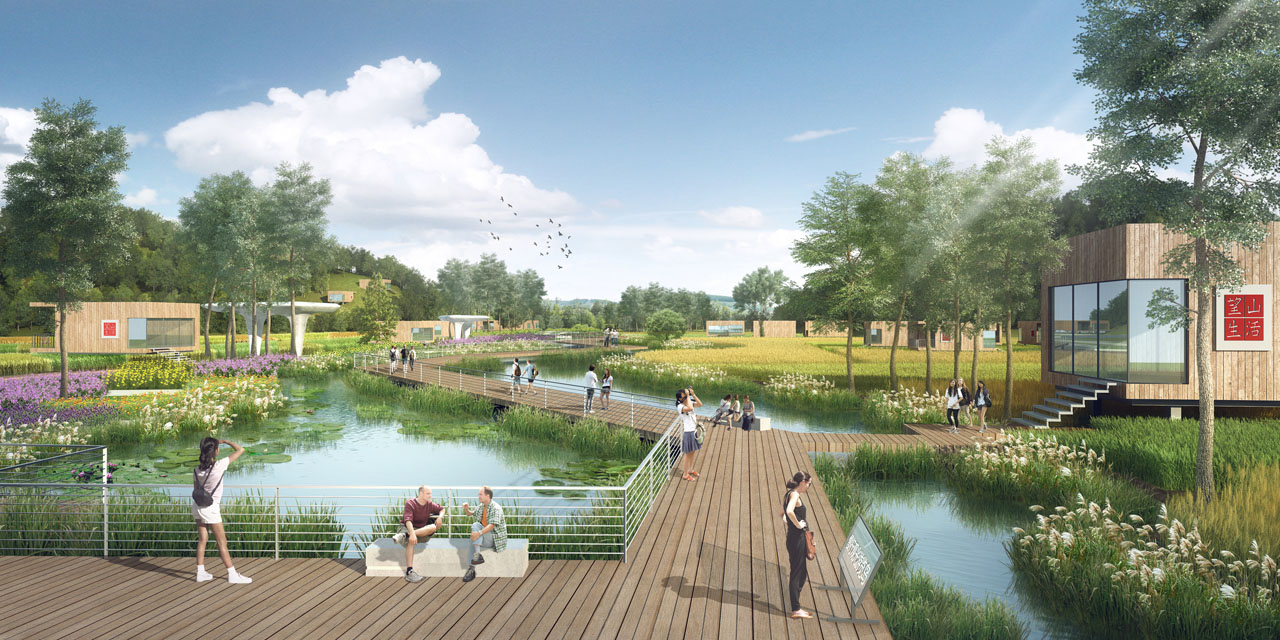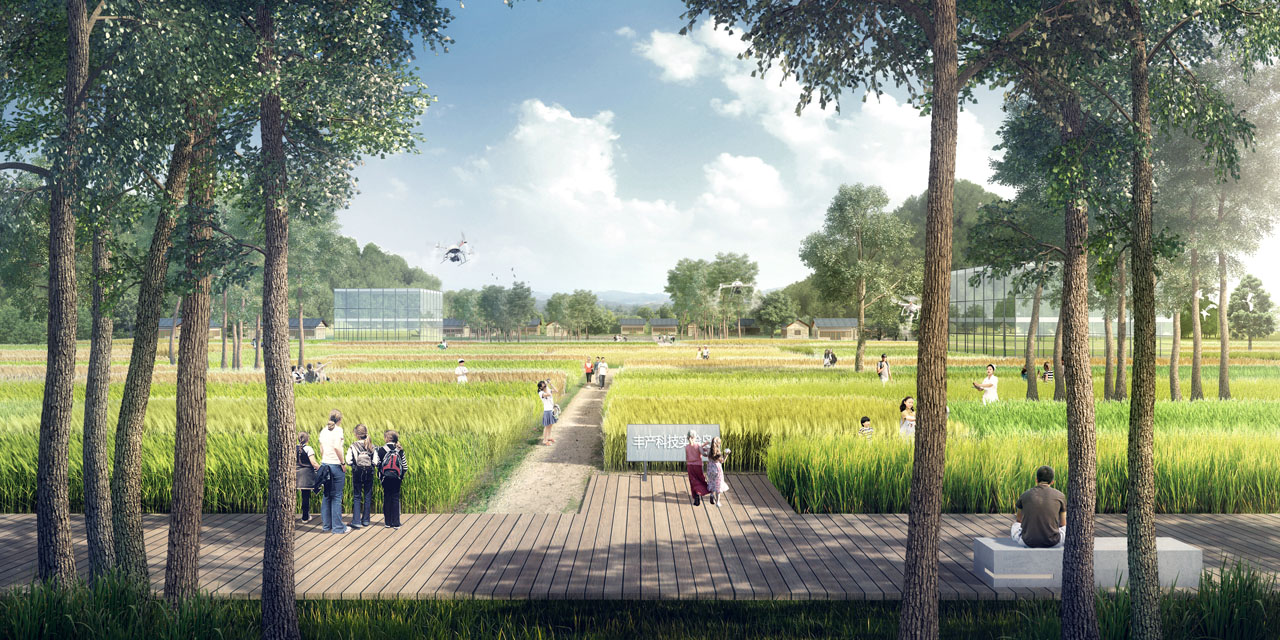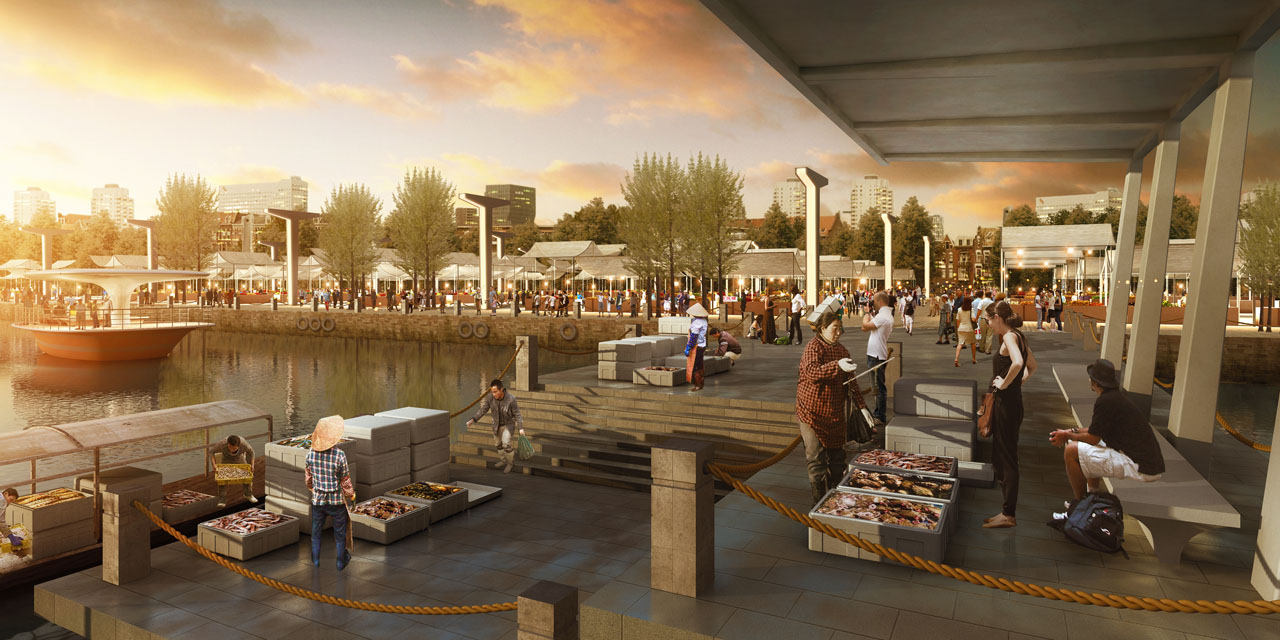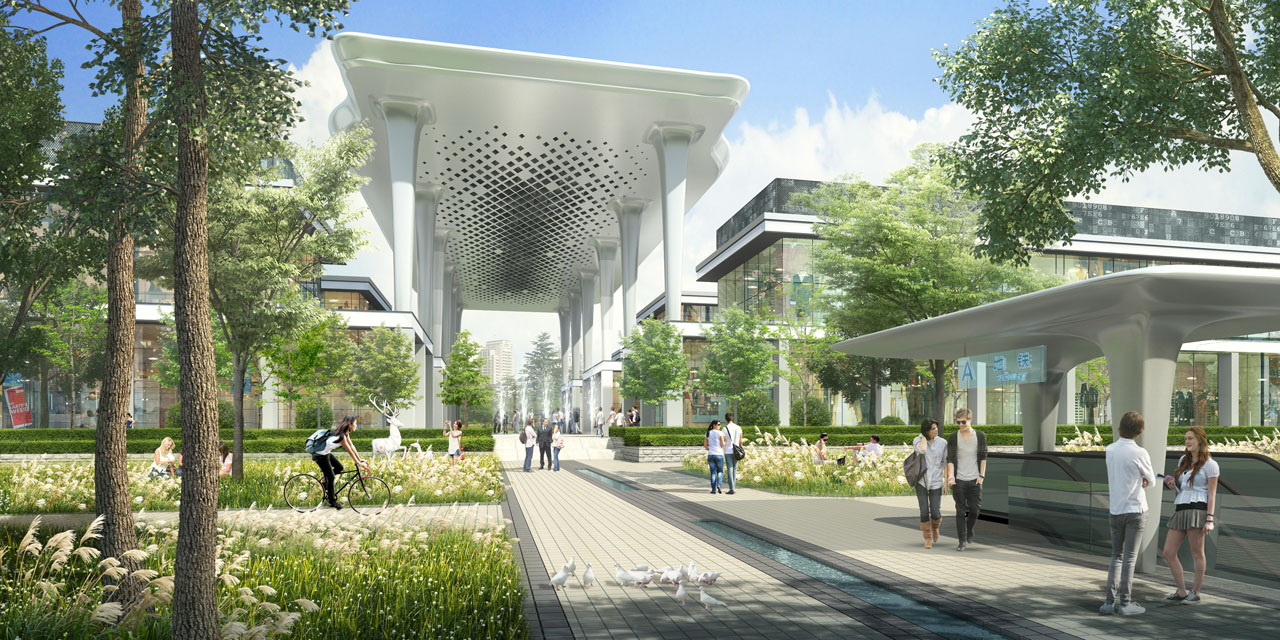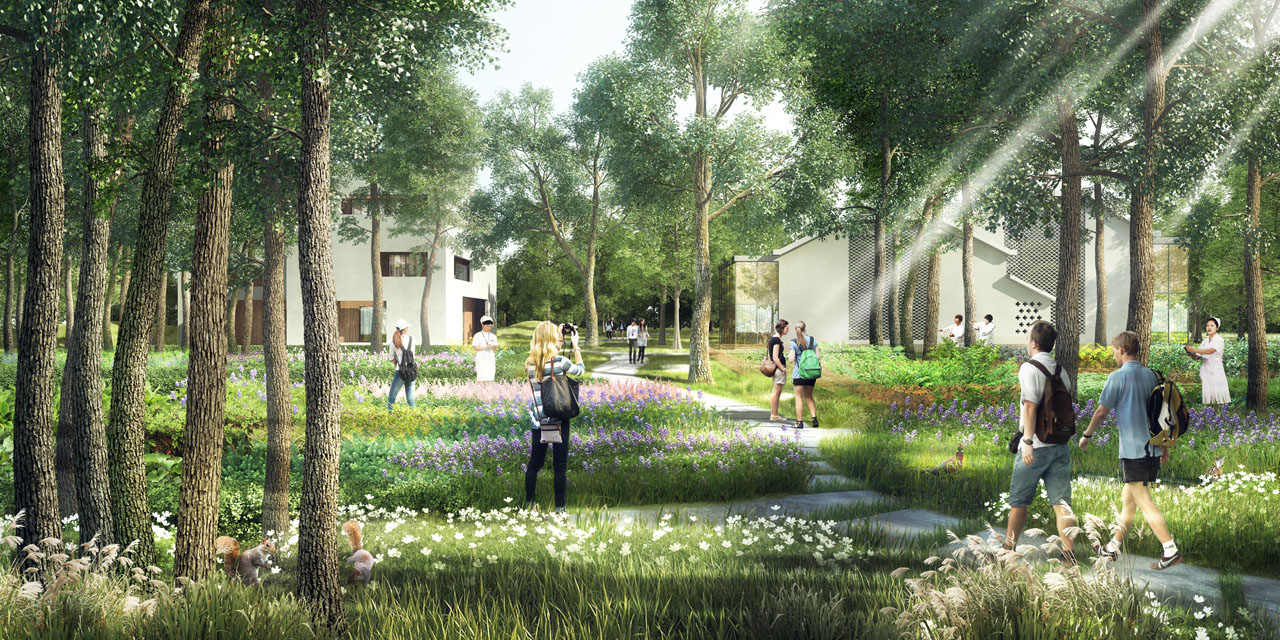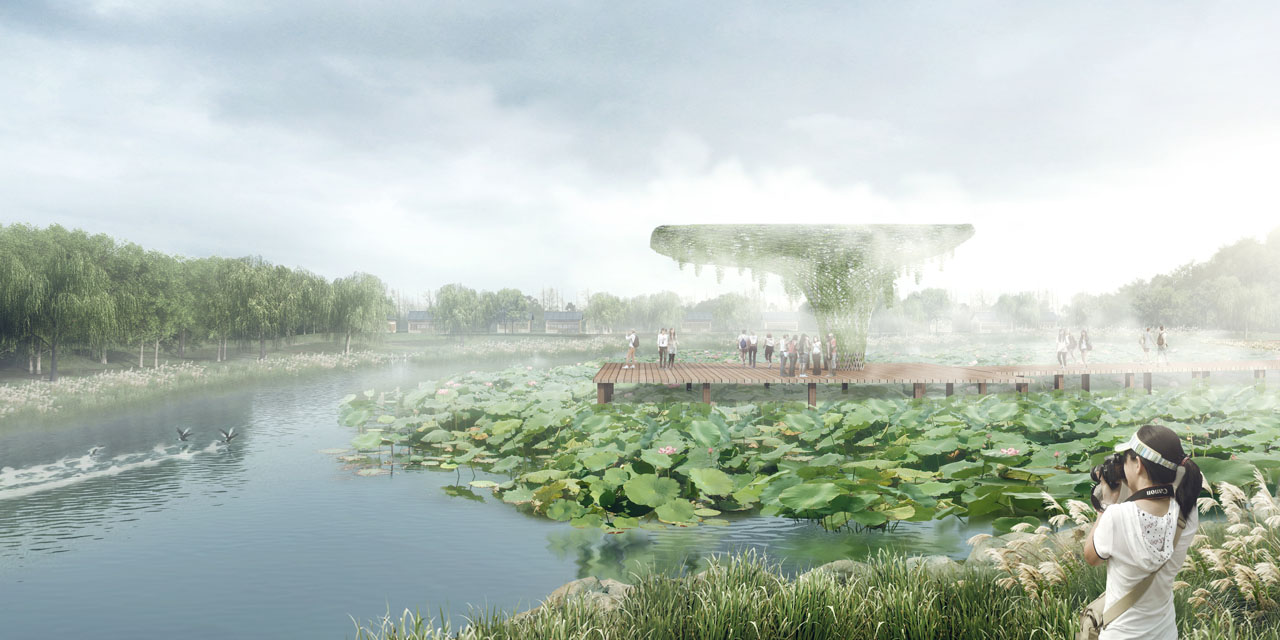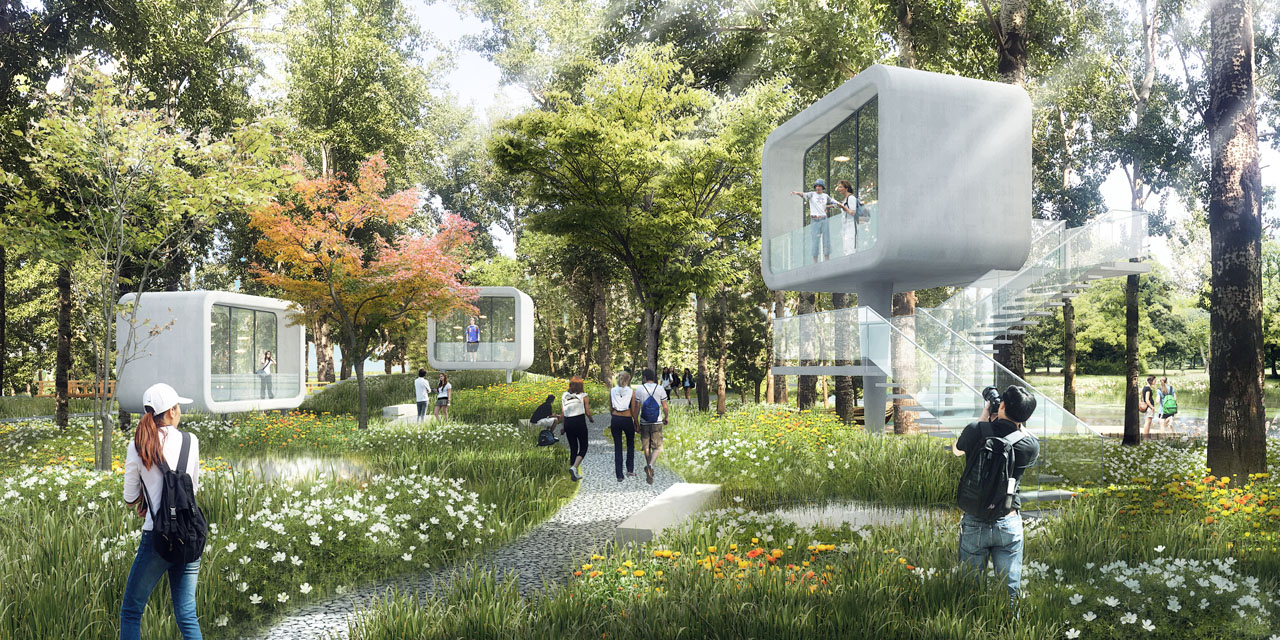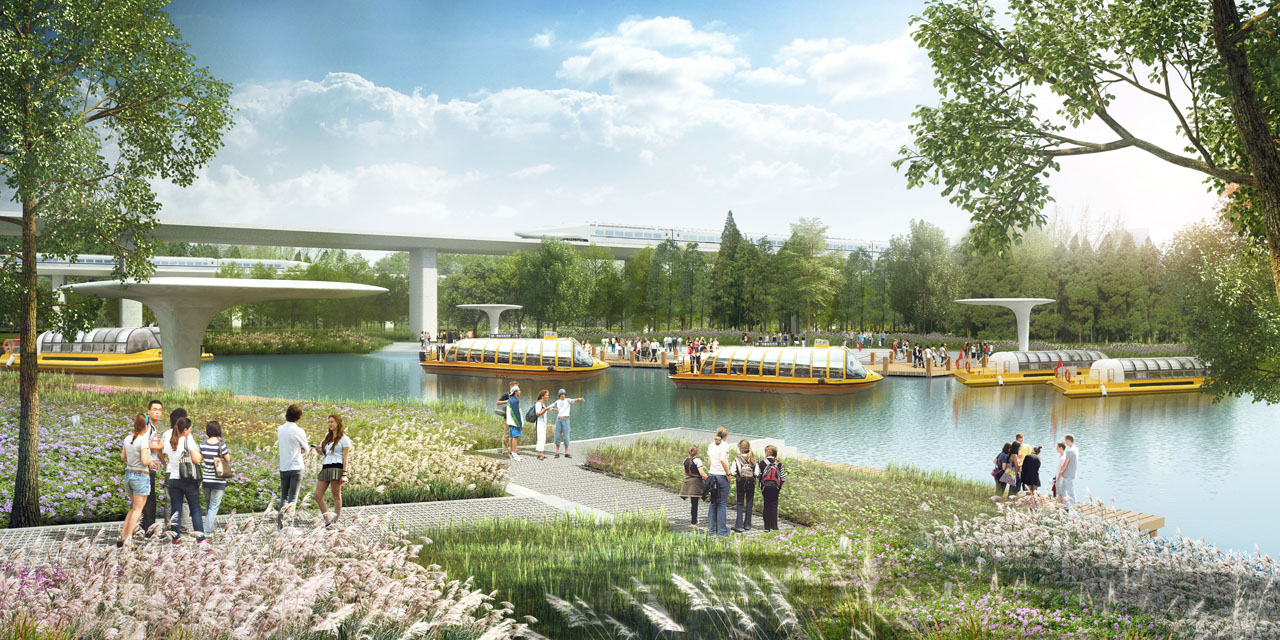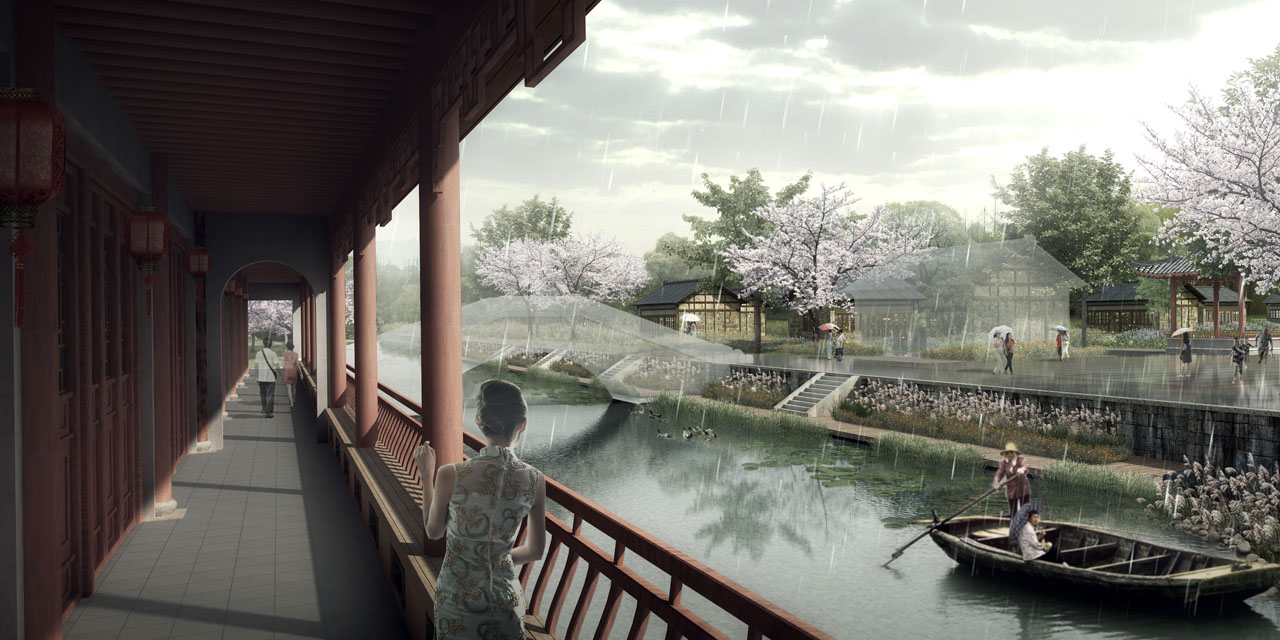Hangzhou West Station (Cangqian Science and Innovation City) the Core Area Planning
Project Information
- Project Location:
- China Hangzhou, Zhejiang
- Project Scale:
- 10 Square Kilometers
- Design Time:
- September 2017
Project Profile
1. Project Statement
The project is located in Cangqian District, Hangzhou City, Zhejiang Province, south of the Beijing-Hangzhou Grand Canal, with a total area of approximately 10 square kilometers. Thanks to its favorable geographical environment and the generations of hard work by the people of Cangqian, the area has earned the reputation of being the "granary of Jiangnan, the home of silk, and the land of fish and rice." It has also nurtured a simple folk culture and produced outstanding talents.
2. Objective and Challenge
The overall terrain within the site is relatively flat, with a monotonous spatial effect, which is not conducive to creating visual corridors or collecting, discharging, and utilizing local rainwater and forming a microclimate. Although the current water system is extensive, it lacks a systematic approach, with some areas experiencing intermittent flow, hindering a healthy water ecosystem cycle. The site has abundant water resources, but the overall water environment is poor, with severe pollution in some inland rivers and turbid water quality, lacking a complete water purification system, making it difficult to create waterfront spaces. Existing villages are scattered, with inconsistent village styles, some being dilapidated with single functions, and the overall environment needs improvement. Village forms are mainly distributed in point, line, and surface patterns. The site has a lot of farmland, but it is primarily used for single-crop production, with outdated utilization and production methods.
3. Design Strategy
Based on the current status of the site and multiple layers of analysis, the landscape planning and detailed design approach from a rational scientific perspective. The first step is to establish an ecological infrastructure as the project's foundation, forming an ecological security pattern for the site. This will define the ecological red line, green line, and blue line within the site, guiding future development, block boundaries, and building setback lines. In the three core planning areas, the northern and southern sides of the site together form 18 important landscape nodes. Each node provides diverse and unique landscape experiences, fitting the theme of the "City of Clouds and Water" with the sub-themes of Beautiful City and Slow Island.
4. Conclusion
The project aims to create a new model of a science and innovation city in China, built to international standards, based on urban double repair and sponge city construction. It will form a development model that adapts to Hangzhou's unique Jiangnan characteristics, with green and ecological urban development as the guiding principle.
